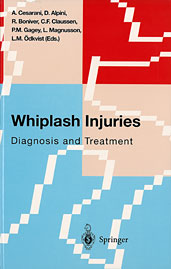Technical Paper
“The Accuracy of Speed Captured by Commercial Vehicle Event Data Recorders”
2004-03-08
2004-01-1199
Many newer commercial vehicles have an event data recorder (EDR) that can record pre-event and post-event speeds. The EDR is incorporated into the engines electronic control module (ECM). In this study, the accuracy of the ECM-reported speed was tested during acceleration, gear shifting and braking at speeds between 16 and 88 km/h (10 to 55mph). The ECM-reported speed was compared to the speed measured by a calibrated optical 5th wheel. The results showed that the accuracy of the ECM-reported speed matched closely during acceleration, cycled to periods of under-reporting the speed during hard braking due to the ABS brake function, briefly under-reporting the speed after letting off the throttle for braking or gear shift and briefly over-reporting the speed near the end of a gear shift phase. This study also looked at calibration factors of the ECM and their effect on the ECM-reported speed.

